Preserving St. Louis Cemetery No. 1
Unfortunately, the final resting place of many of New Orleans" citizens spanning the ages has faced vandalism. The desecration of graves has reached such a zenith that last month the Archdiocese of New Orleans declared that on March 1, 2015, it would begin limiting entrance to family members and will allow tourist access only through tour guides registered with the Archdiocesan cemetery office.
Heather Knight, an adjunct assistant professor at Tulane University who teaches the Tulane Interdisciplinary Experience Seminar (TIDES) course, New Orleans" Cities of the Dead, and serves on the board of Save Our Cemeteries as co-vice-president of restoration, believes that New Orleans cemeteries are cultural and architectural legacies.
“They reflect how architectural styles, iconography and building technologies evolved from the 18th century forward,” Knight said. “Preserving, maintaining and protecting them from vandalism and theft is at the core of Save Our Cemeteries" mission.”
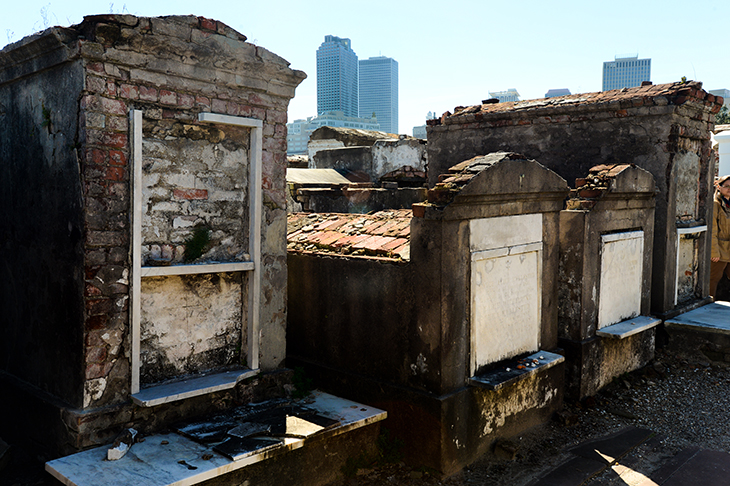
Nestled within the bustling city all around, countless generations of the deceased lie within St. Louis No. 1"s crumbling, elegant tombs.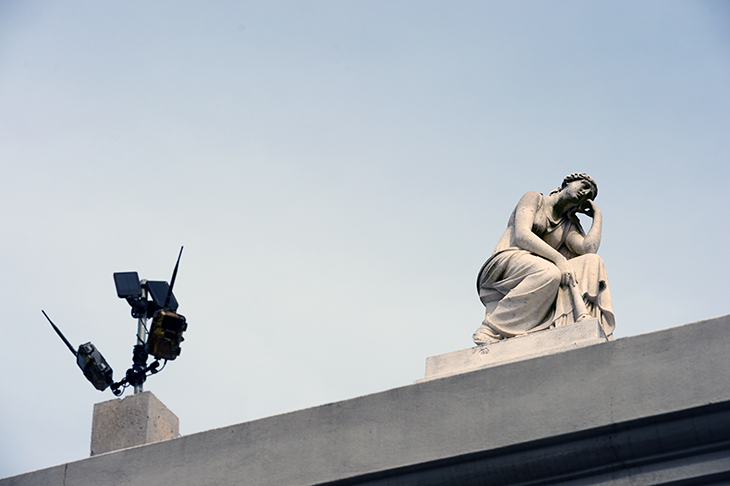
In an effort to prevent vandalism, the Archdiocese installed security cameras last year, but many have been stolen or damaged, falling victim to the same mischief they were intended to deter.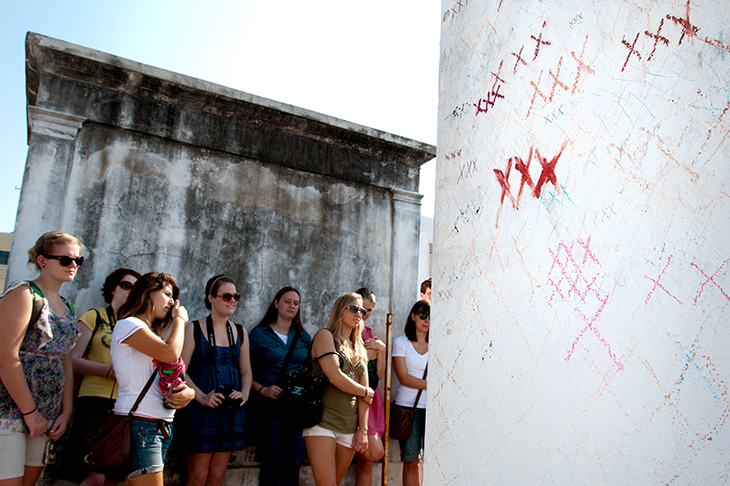
In 2011, a group of Tulane students views the tomb of 19th century voodoo priestess Marie Laveau. Visitors to the tomb have drawn Xs on it, believing their wishes will come true if they mark three Xs on her tomb. In December 2013, vandals went further, painting the entire tomb pink. 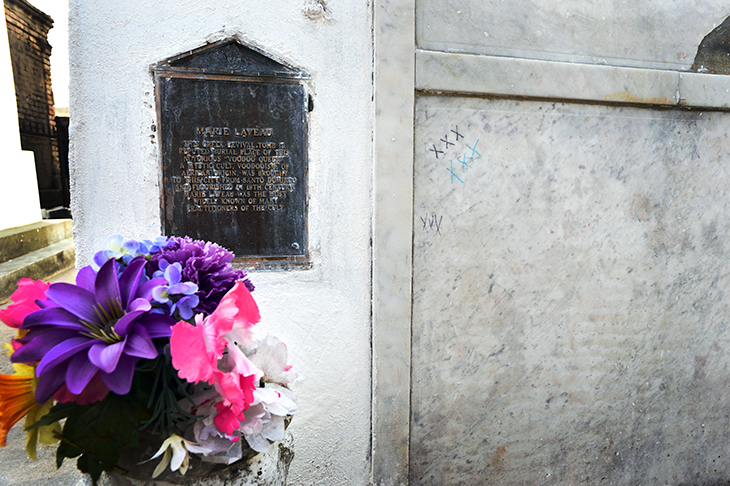
Shortly after the Archdiocese and the nonprofit organization Save Our Cemeteries spent $10,000 restoring Marie Laveau"s tomb, Xs began to reappear on her tomb.
Heather Knight calls other tombs with Xs on them “Feaux Laveaus.” She says that the Xs, which once only appeared on Laveau"s tomb, have spread over the last 15 years to various other tombs throughout the cemetery like a cancer. “Mr. Buddy,” who was a sexton of St. Louis Cemetery No.1, is purported to have invented the myth about the three X marks.
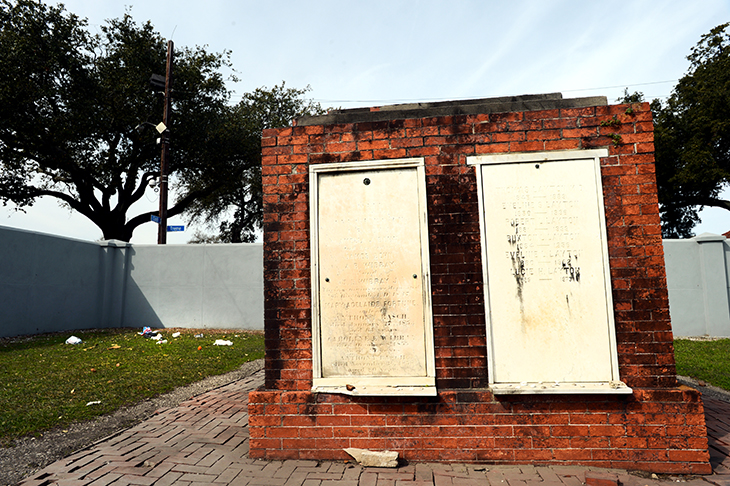
The Layton tomb, in the Protestant section, stands proudly despite the trash strewn nearby, another example of the challenges the Archdiocese faces.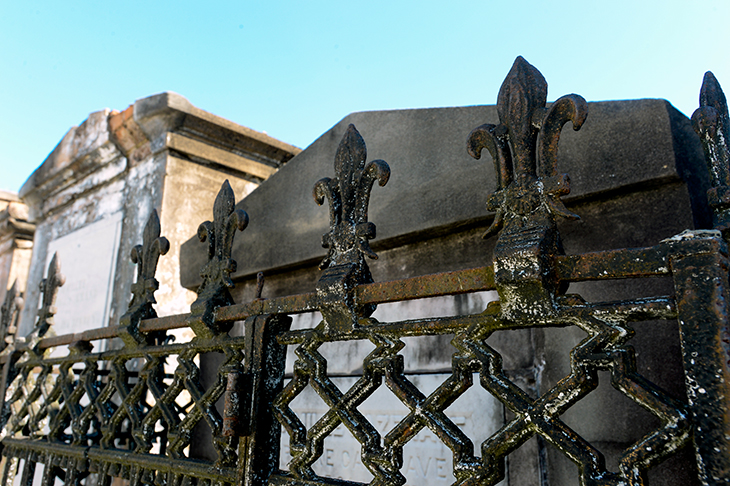
The aged iron gates that protect many tombs are often found missing.
Sally Asher"s book on New Orleans cemeteries, An Eternity Above Ground: Stories from New Orleans" Saint Cemeteries will be published in the fall by the History Press.
